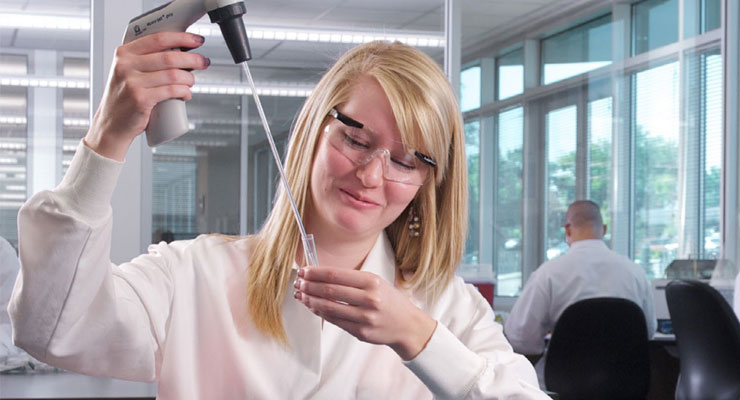09.21.22
EO Optimization and Potential Effects on Sterile Barrier Packaging
Ethylene oxide (EO) is the most common medical device sterilization modality. About 50 percent of sterile medical devices on the market are sterilized with EO.
Read More >>
Patient-Specific Implants Often Require More Testing
His name may not carry the notoriety of Robert Jones, Hugh Owen Thomas, or even Sir John Charnley, but Duncan Dowson is nevertheless an orthopedic icon in his own right.
Read More >>
Extractable Chemical Characterization and Risk Assessment: What Is the Worst-Case?
While you may not want to think of the words “worst case” relating to your product, these words are critical in designing a chemical-characterization study and assessing those results in a toxicological-risk assessment.
Read More >>
Understanding Biological Evaluation Plans
According to ISO 10993-1:2018, “the biological evaluation of any material or medical device intended for use in humans shall form part of a structured biological evaluation plan within a risk management process in accordance with ISO 14971.”
Read More >>
What Cleaning Procedure Should You Have in Place for Your Reusable Device?
ISO 17664:2017 provides guidance on this issue and states that “At least one validated automated cleaning method (which may include a validated manual cleaning method as part of the automated cleaning validation) shall be specified unless the medical device cannot withstand any such process, in which case a statement shall be provided which alerts the user to this issue.”
Read More >>
Four Important Things to Know About Particulate Testing and Medical Devices
Particulate testing is required for medical devices to ensure patient safety, but there isn’t a lot of guidance available. Here are four important things you need to know about particulate testing on medical devices.
Read More >>

Ethylene oxide (EO) is the most common medical device sterilization modality. About 50 percent of sterile medical devices on the market are sterilized with EO.
Read More >>
Patient-Specific Implants Often Require More Testing
His name may not carry the notoriety of Robert Jones, Hugh Owen Thomas, or even Sir John Charnley, but Duncan Dowson is nevertheless an orthopedic icon in his own right.
Read More >>
Extractable Chemical Characterization and Risk Assessment: What Is the Worst-Case?
While you may not want to think of the words “worst case” relating to your product, these words are critical in designing a chemical-characterization study and assessing those results in a toxicological-risk assessment.
Read More >>
Understanding Biological Evaluation Plans
According to ISO 10993-1:2018, “the biological evaluation of any material or medical device intended for use in humans shall form part of a structured biological evaluation plan within a risk management process in accordance with ISO 14971.”
Read More >>
What Cleaning Procedure Should You Have in Place for Your Reusable Device?
ISO 17664:2017 provides guidance on this issue and states that “At least one validated automated cleaning method (which may include a validated manual cleaning method as part of the automated cleaning validation) shall be specified unless the medical device cannot withstand any such process, in which case a statement shall be provided which alerts the user to this issue.”
Read More >>
Four Important Things to Know About Particulate Testing and Medical Devices
Particulate testing is required for medical devices to ensure patient safety, but there isn’t a lot of guidance available. Here are four important things you need to know about particulate testing on medical devices.
Read More >>














